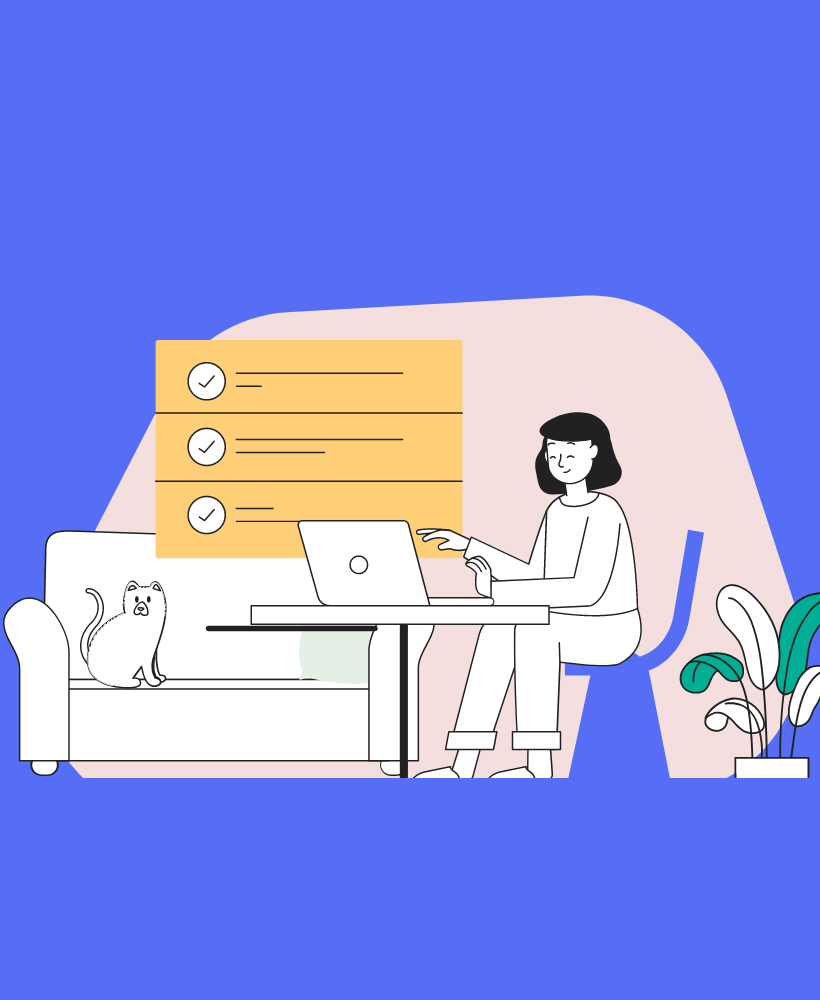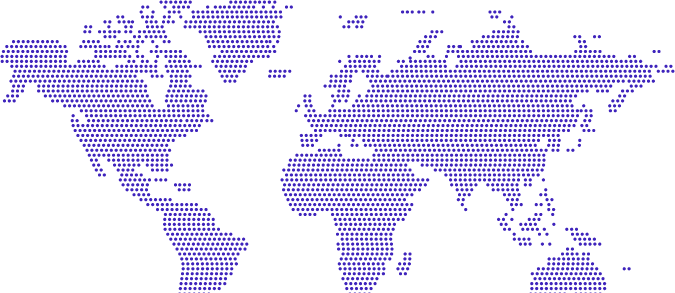All internet formations, including social media channels where you spend your free time, serve a purpose. A platform's quality, return on investment cost, and success are measured by its serving this purpose. The concept of Call To Action (CTA) is usually the name given to the interaction opportunities you invite your visitors to this transformation. This can be a button to fill out a form, make a purchase, sign up for an e-mail newsletter, or initiate a phone call.
A website can contain more than one valuable action. There may be separate CTA invitations for each of these actions. There are many valuable actions on e-commerce sites, ranging from users to add the product to their favorites and to buy them.
Actions on websites can be short invitations that can be carried out with a single click, such as the "Call Now" button that initiates a phone call, or can be opened to processes that allow users to fill out a long request form. Let's make the valuable interactions you can perform on a website more understandable with examples;
- Call Now: If you want visitors to reach you by phone, the button that initiates a phone call can lead you to your goal.
- Become a Member: If you want to bring more members to your site, a CTA button that directs people to member registration will benefit you.
- Sign Up for Email Newsletter: Email marketing will never go out of style. With such a CTA button, you can encourage people to sign up for your e-mail newsletter.
- Buy: The common purpose of e commerce sites is sales. The buy or add to cart button on each product page is the most common CTA button we see.
- Subscribe: You can use such a button to bring new subscribers to your site. The subscribe button in the design of the YouTube channel page, the like button in the page design of Facebook businesses, the follow button in the Instagram business profile are the buttons that serve the same purpose.
- Contact Us: People can contact you in multiple ways. Purposes such as starting a WhatsApp conversation, starting a live chat on your site, or redirecting to a page with your business contact addresses all work with these types of buttons.
- Get Offer: If your customers need to get an offer before purchasing a product or service from your site, you can use such a button. You can get the necessary information in the offer form and return to your customer.
The valuable interactions that can be made on websites and the "CTA" buttons that call visitors to these interactions are limited to your dreams. As each day new business models are developed, valuable interactions and “CTA” buttons belonging to that business model are also developing. New buttons such as Share, Join, Donate, Download invite people to become customers of new business models.
Thinking About Call To Action (CTA) To Get More Effective Conversions
To have a website, you need to invest. Although their budgets are different, all publishers have limited resources. For this reason, doors that open to interactions where you can measure the return on investment are valuable. Every new conversion, every new purchase, every new offer request, every new subscriber is a small drop that will pay back your investment amount.
To get more conversions, you have to invite people in the most efficient way. We have listed a few tips for creating a more efficient CTA.
1.Use Alluring Words on the CTA Button
Your texts should be striking and inviting. People are activated by their emotions. You have to invite people to action with texts. You should stay away from cold texts such as "Buy", "Reserve", "Try It". Your text should accurately reflect your proposal and invite people to a good experience.
Focus on creating texts that feel personalized, such as "Start Your Free Trial", "Book Your Seat".
2.Prefer Solid Colors on the CTA Button
Colors may be more important than you think. Orange and green colors are known to give the best results, depending on the design of your site. Nevertheless, you should prevent it from looking like a trap button added to your site with the design. You should also make sure it has sufficient contrast with the background. An orange button that does not appear on an orange background will not benefit you.
The way to find the design that works best is to test it. Many tools allow you to perform A / B tests. Thanks to these tests, you can show different buttons to different visitors and see which one works more efficiently.
3. Şekiller Önemli
It is also possible to test the shapes of the buttons with the A / B tests we mentioned above. How would a button be more efficient? Is it round soft lines or a hard design with sharp corners? Although it is possible to find the best with A / B tests, we may have a recommendation to start with; The seriousness of your customers to the product can give you an idea. The button you will buy a black suit can be expected to be angular, and the button you will buy the flip-flops will be soft.
4. Large and Legible Text
Button text should be large enough to be easily read, but not large enough to appear obnoxious or daunting. Remember that there is a fine line between showing a button and putting it on the eye.
While it may seem absurd to say that large texts make people feel anxious or uncomfortable, many users subconsciously experience discontent with threateningly capital letters. Your button text should be remarkably large, but not large enough to completely cover the rest of the content.
5. Use Short and Clear Texts
Long texts will not fit on the button. In this case, you either have to make the button bigger or you have to hide some of the text. People both don't like big buttons and avoid clicking buttons that they cannot read completely. It makes sense for you to keep the button text between two and five words.
6. Speak in First Person
Michael Aagard of Content Verve has published a study on the contribution of converting button texts from second-person singular to first-person singular to transformations. Instead of "Start Your Trial", "Start My Trial" works better in research. Putting yourself in the customer position when typing button texts can make a difference.
7. Create a Sense of Urgency
Creating texts that trigger a sense of urgency in CTA button texts can make a difference. Texts such as "Now", "Now", "Special for Today" will encourage the visitor to take action.
8. Make Sure the CTA Button is Front
Users visit your website through multiple devices. Make sure the button is accessible in every design version. It is important that every landing page is the most accessible but does not prevent the user from seeing other content. Again, the fine line between showing and putting on the eyes ...
9. Hierarchy Between Buttons
In addition to the button you call CTA on your page, there may be other buttons. In such cases, you will need to create a hierarchy between the color and design preferences and the buttons. It should be clear at a glance which button is most important.
Visit a business's Facebook page. You will encounter many buttons. There are buttons that promise to take the visitor to different contents. It is possible to understand at a glance that the page action button right next to the profile picture is the most important button.
10. Emphasize the Value of the Offer
Using numbers on the CTA button can attract visitors. Using seductive value statements such as "10% Discount", "Free Trial" will attract visitors. With these texts, you emphasize the value of the proposal and support the sense of urgency we mentioned earlier.
11. Harness the Power of Images
In some cases, using a graphic describing the function on the button can positively affect your conversions. Like a phone icon next to the phrase "Call Now", an e-mail icon on the "Contact Now" button… What you need to be careful about when using graphic elements is that the picture describes the action exactly.
12. Additional Incentive Information
In addition to the main text on your CTA button, you can add phrases that provide information and encourage the visitor.
Free trials are common among mobile apps. In addition to the phrase "Start My Free Call Process" on the button, the phrase "30-day trial, no credit card" to be added with a thinner font can provide you with more conversions. This is a detail that will encourage users to start trying it out.
14. Less Is More When Choices Are Involved
Asking people to choose is a dangerous process. We enjoy choosing between an apple or an orange, but when we are presented with apples, oranges, dragon fruit, grapes, pomegranates, bananas, watermelons, and mangoes, we tend to surrender to indecision.
In a study by Mark Lepper from Columbia University, participants who were asked to choose a box of six chocolates made it easier and felt happier about their choice than those who chose one from 30 boxes.
In some cases, you may have to add multiple buttons. Potential buttons that can be found on a "sign up" page can be confusing. For example;
-
"Register with Twitter"
-
"Register with Facebook",
-
"Register with Google "
-
"Register by Email"
When you have to do this, direct visitors by designing one option dominant over the others. There can be no right or wrong choice among the recording options. People are just waiting for your guidance to make a choice.
15. Follow Natural User Flow
In Western culture, we read from top to bottom and from left to right. Keeping this natural reading flow in mind can help you with smart button placement. Call-to-action buttons placed below or to the right of content generally perform better than alternative placements.
Most importantly, never force users to go back to click a button. CTA buttons should appear in places appropriate to the user's experience. The "Buy" button on an e-commerce site appears after the product name, picture, and price. It would be unreasonable to place a "Buy" button at the top of the page, before the product appears. When you want to make an offer to people, first tell them the details of your offer. Invite them later.
16. Expand That White Space
There should always be a healthy piece of white space around the CTA buttons. The white area helps to draw users' attention to your button and make the button stand out.
17. Test As If Your Life Depends On It
You should test the CTA button constantly. If you've never done A / B testing before, these buttons might be a good idea to start. The performance of this button determines the fate of your internet investment. Change each of the many different components, such as the button's color, style, texts, descriptions, position, at once, and note their performance over a certain number of visitors. Keep the efficient and eliminate the inefficient by changing one option at each trial.
.png)



